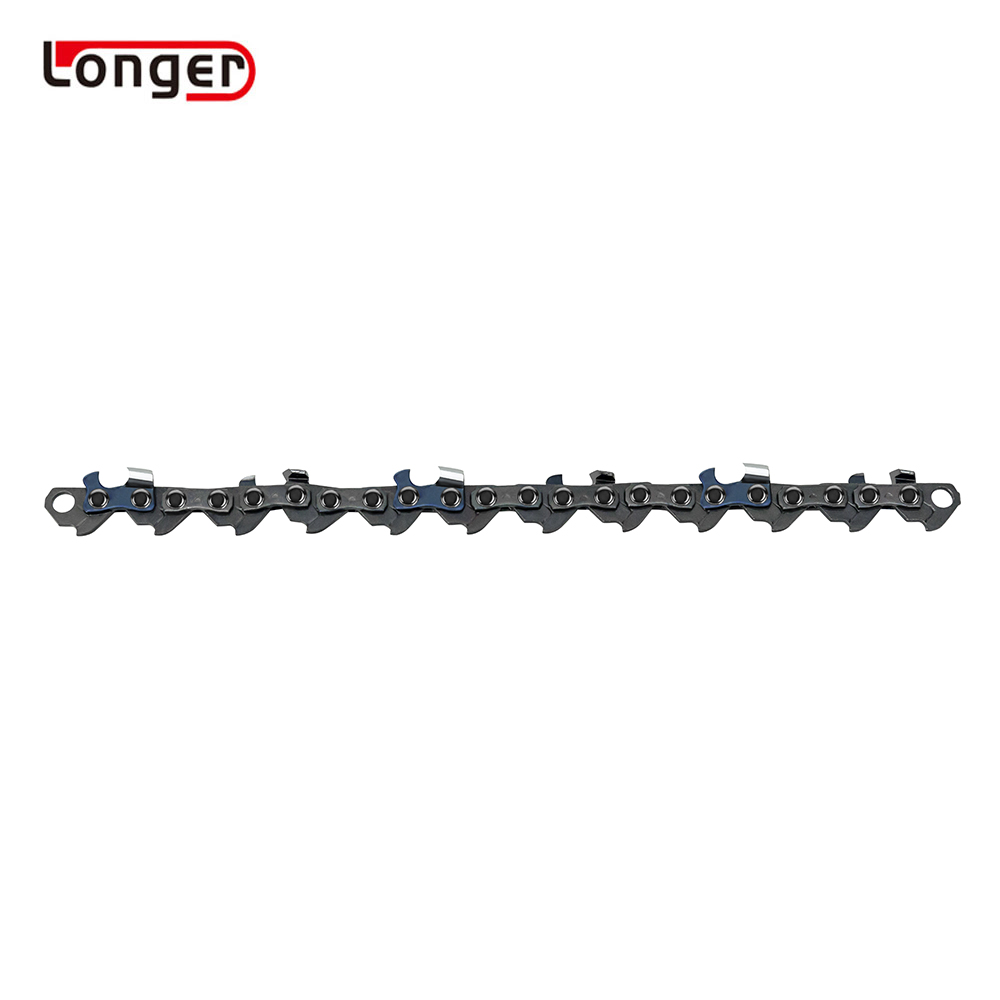Laminated guides, also known as guide bars or chainsaw bars, are an essential part of a chainsaw that helps guide and align the cutting chain during operation. They play a crucial role in ensuring safe and effective cutting while reducing wear and tear on the chainsaw and the chain itself. Here's how they work:
Structure: A laminated guide consists of a long, flat, and rigid metal bar made from a combination of steel and other materials. The name "laminated" comes from the layers of steel that are bonded together to form a durable and stiff structure. The guide bar is usually fitted to the chainsaw body on one end and has a small, replaceable sprocket at the other end that drives the cutting chain.
Alignment: The guide bar has a groove that runs along its length, designed to hold and align the cutting chain. The cutting chain consists of sharp teeth attached to a loop, which revolves around the guide bar when the chainsaw's engine is running. The groove on the guide bar ensures that the cutting chain remains in a straight line during operation, which is crucial for precise and efficient cutting.
Lubrication: Guide bars have small holes or channels that allow oil to flow onto the chain during operation. This lubrication is essential to reduce friction between the chain and the guide bar, preventing excessive wear and overheating. Many chainsaws have an automatic oiling system that supplies a continuous flow of oil to the guide bar, ensuring smooth operation and prolonging the life of the chain and bar.
Size and Shape: Guide bars come in various sizes and shapes, depending on the chainsaw's power and intended use. Longer guide bars are suitable for heavy-duty cutting tasks like felling trees, while shorter bars are more appropriate for pruning and lighter cutting jobs. The shape of the guide bar also affects the saw's performance. For example, some guide bars have a narrow tip for precision cutting, while others have a wider nose for more aggressive cutting in thick wood.
Chain Tension: Proper chain tension is crucial for the safe and effective operation of the chainsaw. Most guide bars feature a tensioning mechanism that allows the user to adjust the chain's tightness easily. Maintaining the correct chain tension ensures the chain stays securely in the guide bar groove and minimizes the risk of accidents, such as chain derailment.
Overall, laminated guides play a vital role in guiding and aligning the cutting chain of a chainsaw, enabling smooth and efficient cutting while ensuring user safety. Regular maintenance, including cleaning, lubricating, and inspecting the guide bar, is essential to keep the chainsaw in good working condition and extend the life of the cutting chain and guide bar.










